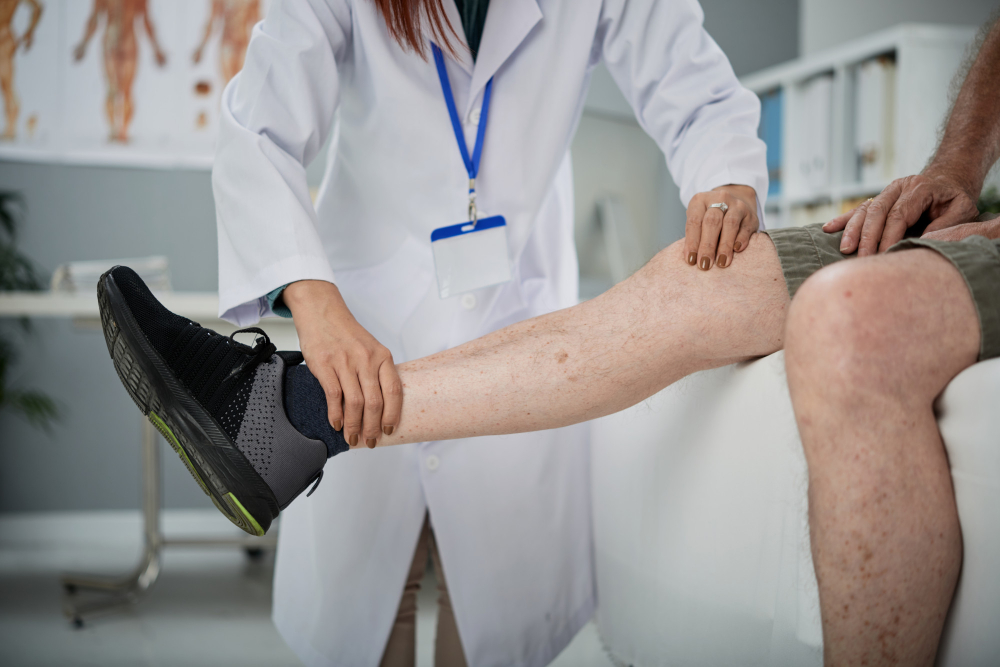Spider veins, characterized by small, dilated blood vessels that appear as thin, web-like patterns on the skin, can cause cosmetic concerns and, in some cases, discomfort. Over the years, advancements in medical technology have led to the development of new and advanced spider vein treatment techniques. These innovative approaches offer improved efficacy, minimal invasiveness, and reduced downtime, providing patients with more options for addressing their spider vein concerns. This article will explore the latest advancements in spider vein treatment, highlighting the cutting-edge techniques revolutionizing the field.
Endovenous Laser Ablation (EVLA)
Endovenous Laser Ablation (EVLA), or endovenous laser treatment (EVLT), is a minimally invasive procedure that has gained significant popularity in spider vein treatment. This technique uses laser energy delivered through a small catheter inserted into the affected vein. The laser energy heats and seals off the vein, causing it to collapse and eventually fade from view. EVLA offers several advantages, including precise targeting of the affected vein, reduced risk of complications, and minimal scarring. It is considered highly effective for more prominent spider veins and varicose veins.
Radiofrequency Ablation (RFA)
Radiofrequency Ablation (RFA) is another advanced technique in spider vein treatment. Similar to EVLA, RFA is a minimally invasive procedure that utilizes thermal energy to close off the affected vein. Instead of laser energy, RFA employs radiofrequency waves to heat and seal the vein. The process involves inserting a small catheter into the vein, which emits radiofrequency energy, causing the vein to shrink and fade over time. RFA is known for its precision, minimal discomfort, and quick recovery period. It is particularly effective for treating more prominent spider veins and varicose veins.
Foam Sclerotherapy
While traditional liquid sclerotherapy has been a standard treatment for spider veins, foam sclerotherapy has emerged as an advanced alternative. Foam sclerotherapy involves mixing a sclerosing agent with air or gas to create a foam-like solution. The foam has a greater contact area with the vein walls, leading to improved efficacy in closing off the vein. This technique is especially beneficial for enormous spider and varicose veins that may be challenging to treat with liquid sclerotherapy alone. Foam sclerotherapy offers excellent precision, reduced side effects, and the ability to treat multiple veins simultaneously.
Microphlebectomy
Microphlebectomy, also known as ambulatory phlebectomy or stab avulsion, is a minimally invasive surgical technique to remove superficial spider and varicose veins. Unlike traditional vein-stripping surgery, micro phlebectomy involves making tiny incisions through which the affected veins are removed using specialized hooks or instruments. This procedure is performed on an outpatient basis, and local anesthesia minimizes discomfort. Microphlebectomy offers high precision, minimal scarring, and rapid recovery compared to traditional surgical methods, making it an attractive option for patients.
Conclusion:
The field of spider vein treatment has witnessed remarkable advancements in recent years, providing patients with a range of innovative and effective options. Techniques such as endovenous laser ablation (EVLA), radiofrequency ablation (RFA), foam sclerotherapy, and micro phlebectomy offer improved outcomes, minimal invasiveness, and reduced downtime. These advanced treatments allow healthcare professionals to target and address spider veins precisely, leading to enhanced patient satisfaction and improved quality of life. If you are considering spider vein treatment, it is essential to consult with a qualified healthcare professional who can assess your specific condition and recommend the most suitable approach. With the availability of these advanced techniques, achieving smoother, clearer skin and renewed confidence are within reach for individuals seeking effective spider vein treatment.





Comments